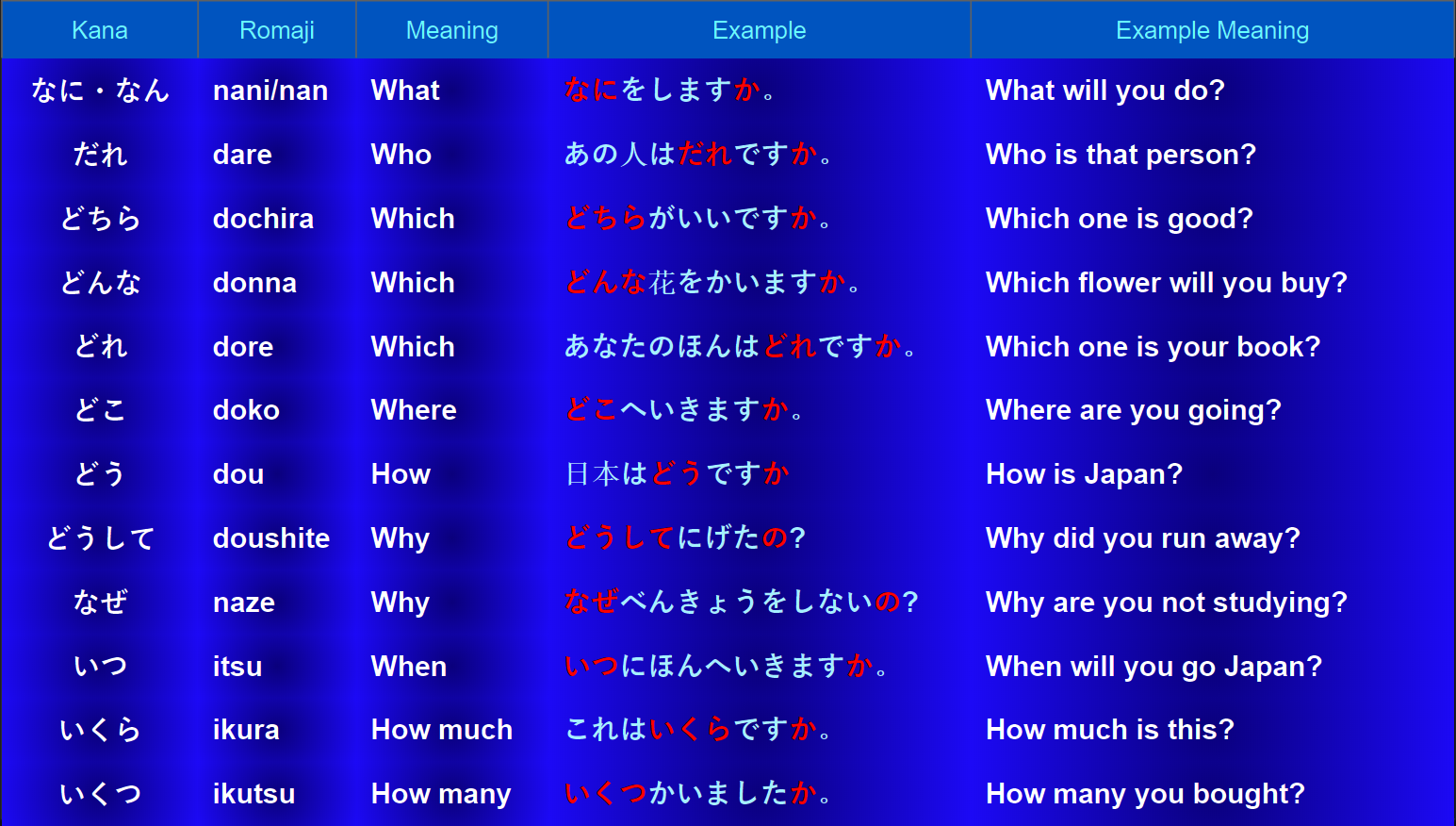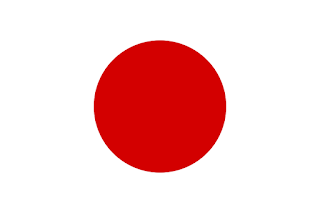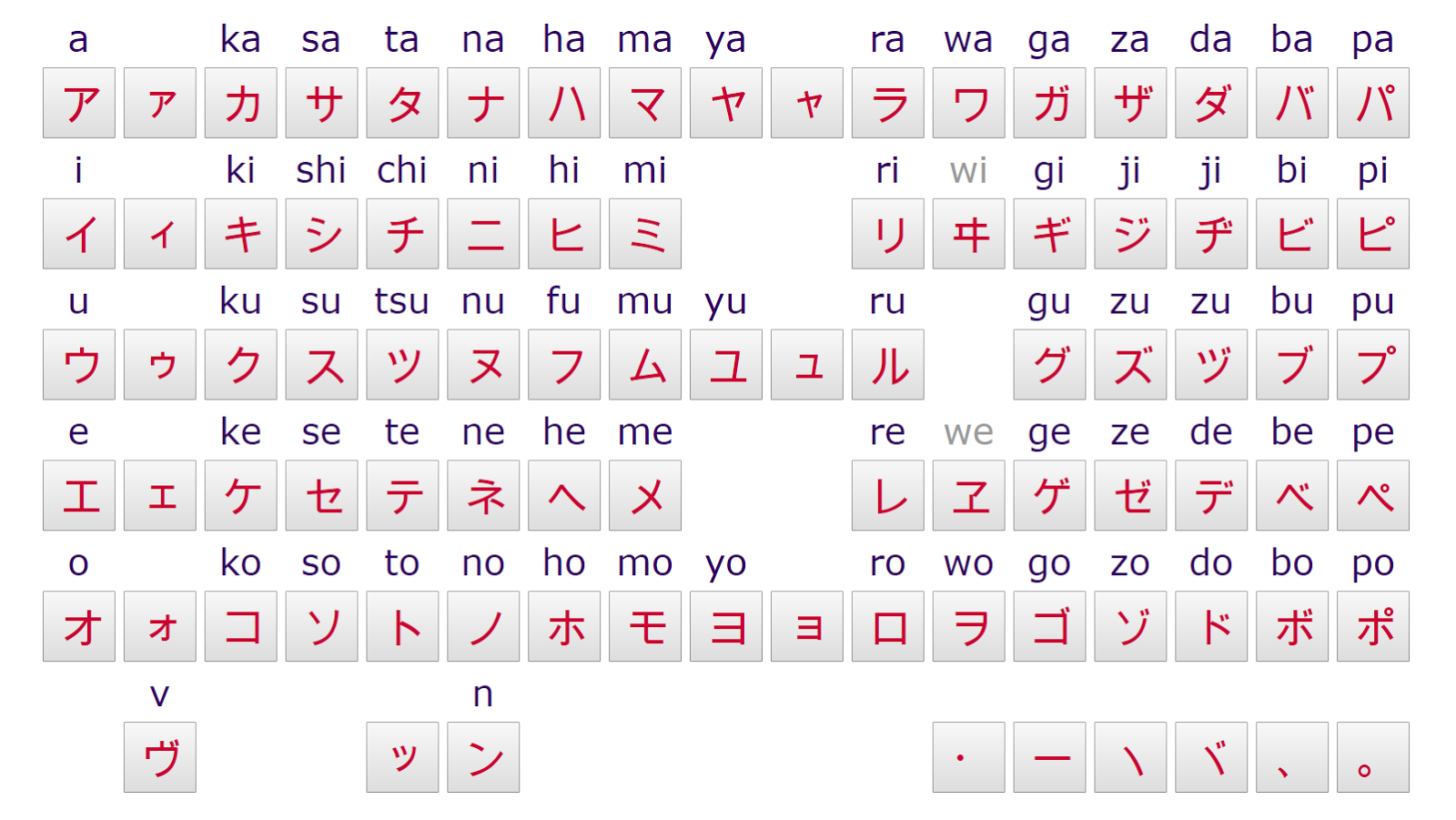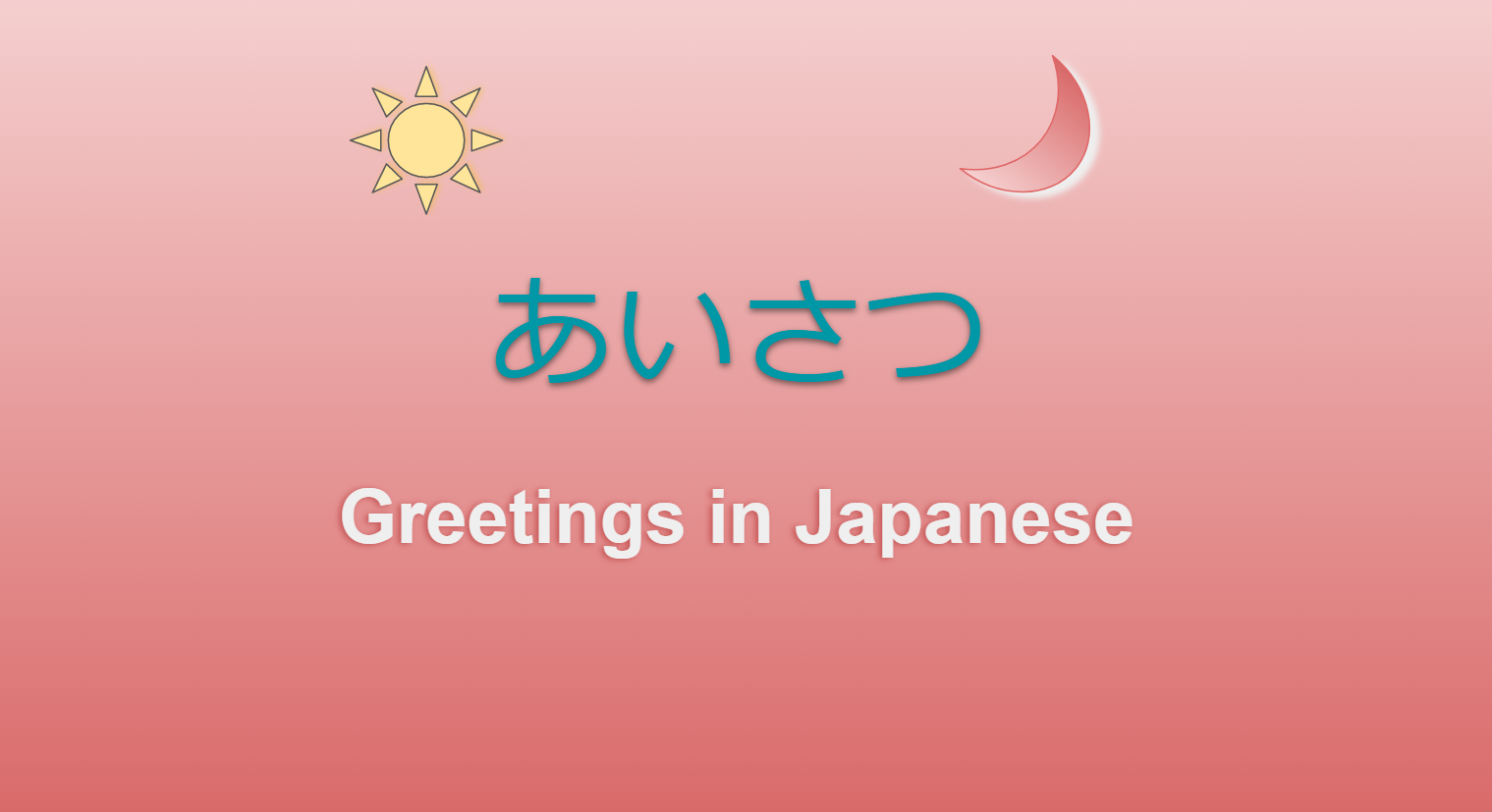JLPT N5 Lesson 22: ~TAI vs HOSHII

In this lesson, we will learn how to tell 'I want to do something' or 'I want to have something'.
Want to do something
「なになに~たいです」
First, les us see, how we can tell someone 'I want to do something'.:-: I want to eat ramen. = ラーメンをたべたいです。
:-: I want to drink coffee. = コーヒーをのみたいです。
:-: I want to do this. = これをしたいです。
:-: I want to go to Japan. = にほんへいきたいです。
:-: I want to go to shopping. = かいものにいきたいです。
:-: I want to read newspaper. = しんぶんをよみたいです。
>> to eat = たべる; want to eat = たべたい;
>> to drink = のむ; want to drink = のみたい;
>> to do = する; want to do = したい;
>> to go = いく; want to go = いきたい;
You may have noticed that たい is added to each verb to form the たい form of the Japanese verbs. But, before adding the たい portion, the stem of the verbs are also modified. In the above picture the ます form of verbs are also included. The reason is to show you how easy it is to form a verb to 'たい form' just by replacing the ~ます with ~たい.
たべる => たべます => たべたい
くる => きます => きたい
する => します => したい
みる => みます => みたい
かく => かきます => かきたい
きく => ききます => ききたい
いく => いきます => いきたい
のむ => のみます => のみたい
よむ => よみます => よみたい
Note: When we use たい form, this always refers that the speaker (the 1st person) want to do something, means, always it refers to "I", not the 2nd person or 3rd person. We cannot say
:-: あなたはごはんをたべたいです。 (X) or
:-: アリさんはごはんをたべたいです。 (X)
But there is an exception, when asking a question like 'what do you want' or 'what does he want', we can say -
:-: あなたはなにをたべたいですか。or
:-: アリさんはなにをたべたいですか。
Note:When we proceeded to next level (JLPT N4), we will learn how to express the 'desire' or 'wants' from the perspective of third person.
Want to have something
「なになに (が)ほしい です」
:-: かさがほしいです。= I want to have an umbrella.:-: あたらしいくるまがほしいです。= I want to have a new car.
:-: あかいシャツがほしいです。= I want to have a red shirt.
:-: いまコーヒーがほしいです。。= I want to have coffee now.
ほしい is an i-adjective and not a verb, so the sentence structure is, as usual, the way we make any other sentence using i-adjective. The object of the sentence is marked by 'が' and not 'を'.
Note:Like たい、ほしい is also used to express the speaker's desire, not a third person's. To express third person's desire we have to use another form 「〜がっている」, which we will discuss in the next level (JLPT N4).
But like たい form, when asking a question, we can say -
:-: あなたはたんじょうびに何がほしいの?
:-: あなたは何かほしいものがありますか?
Want to have someone to do something
「〜てほしい」
This form is used when the speaker wants someone else to do something.:-: 日本へ行ってほしい。 = I want you to go Japan.
:-: でんわをしてほしい。= I want you to make a phone call.
:-: りんごをたべてほしい。 = I want you to eat the apple.
:-: かれにべんきょう(勉強)してほしい。 = I want him to study.
Summary
「〜たい vs ほしい」
Verb+たい = (I) want to do something;Noun+がほしい = (I) want to have something;
More Examples(例)[rei] :
:-: もういちどここにき(来)たいです。= I want to come here again.:-: かのじょとけっこんしたい。= I want to marry her.
:-: それをみたい。= I want to see that.
:-: はは(母)にてがみをかきたい。I want to write a letter to my mother.
:-: そのはなしをきき(聞き)たいです。= I want to hear that story.
Though the usual meanings and the structures are different but in some circumstances both may give you the same meaning.
:-: さかな(魚)がたべ(食べ)たいです。 = I want to eat fish.
:-: 魚がほしいです。 = I want to have (eat) fish.
:-: カメラがかいたいです。= I want to buy a camera.
:-: カメラがほしいです。= I want to have (buy) a camera.
# Negative form (do not want)
「〜たくない」
When a verb form changes to 「たい」 form, as it ends with 「い」, to make the negative form of this verb is also easy, just by dropping the the final 「い」 and add 「くない」 with it.たべたい => たべたくない;
したい => したくない;
いきたい => いきたくない;
# Past form (wanted)
「〜たかった」
Similar to 「〜たくない」form, to make the past form, we need to drop the final 「い」but at the end we need to add 「かった」.たべたい => たべたかった;
したい => したかった;
いきたい => いきたかった;
# Past negative form (did not want)
「〜たくなかった」
To form negative past of 「たい」 form, here we need add「くなかった」after dropping the 「い」from 「たい」.たべたい => たべたくなかった;
したい => したくなかった;
いきたい => いきたくなかった;
Examples(例)[rei] :
:-: くだものをたべたい。= I want to eat fruits.
:-: くだものをたべたくない。= I don't want to eat fruits.
:-: くだものをたべたかった。= I wanted to eat fruits.
:-: くだものをたべたくなかった。= I didn't want to eat fruits.
This lesson is up to here. Hope you enjoyed it.
JLPT N5 Resources: Vocabulary Lists:
- JLPT N5 Resources - Vocabulary List - 01
- JLPT N5 Resources - Vocabulary List - 02
- JLPT N5 Resources - Vocabulary List - 03
- JLPT N5 Resources - Vocabulary List - 04
- JLPT N5 Resources - Vocabulary List - 05
- JLPT N5 Resources - Vocabulary List - 06
- JLPT N5 Resources - Vocabulary List - 07
- JLPT N5 Resources - Vocabulary List - 08
- JLPT N5 Resources - Vocabulary List - 09
- JLPT N5 Resources - Vocabulary List - 10
- Lesson 1: Why Japanese Language
- Lesson 2: JLPT N5 Introduction
- Lesson 3: Hiragana Part 1
- Lesson 4: Hiragana Part 2
- Lesson 5: Katakana Part 1
- Lesson 6: Katakana Part 2
- Lesson 7: Kanji Part 1
- Lesson 8: Japanese Everyday Greetings
- Lesson 9: Japanese Particles Introduction
- Lesson 10: Grammar Time
- Lesson 11: Verb Basic
- Lesson 12 - Vocabulary
- Lesson 13 - Grammar - Verb: Part 2
- Lesson 14 - Kanji - Part 2
- Lesson 15 - Grammar - Verb: Part 03
- Lesson 16 - Grammar: Verb Part 04
- Lesson 17: Telling Time
- Lesson 18: Telling Date
- Lesson 19: Counting
- Lesson 20: Asking Questions
- Lesson 21: Verb Te Form










Comments
Post a Comment